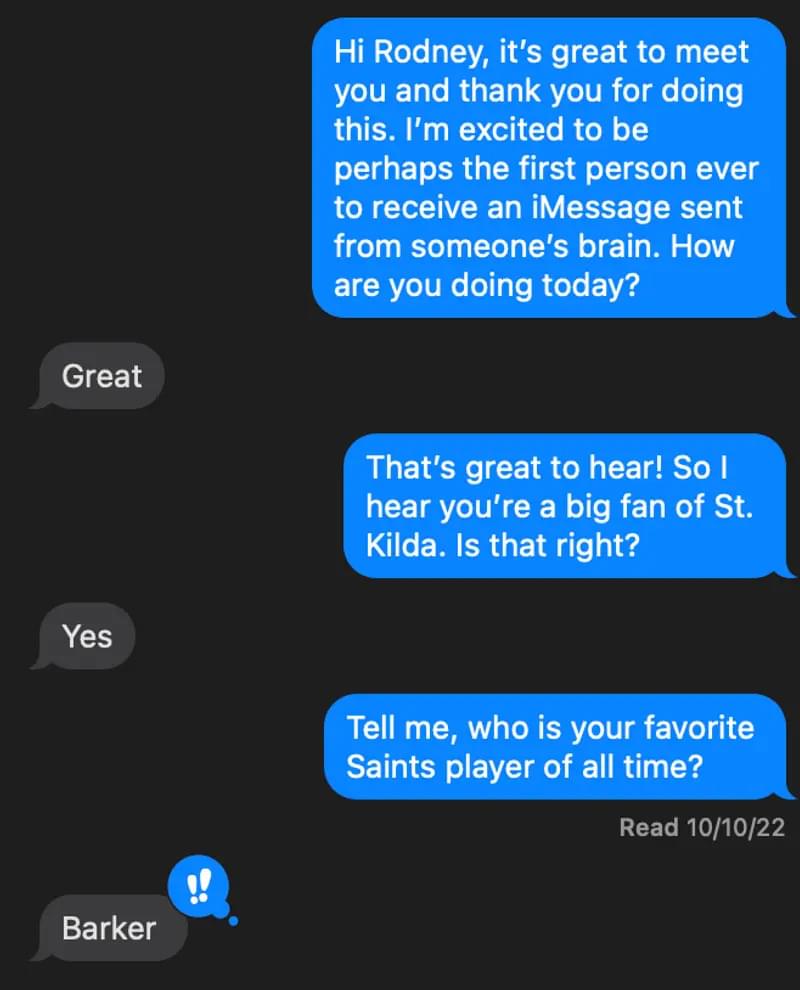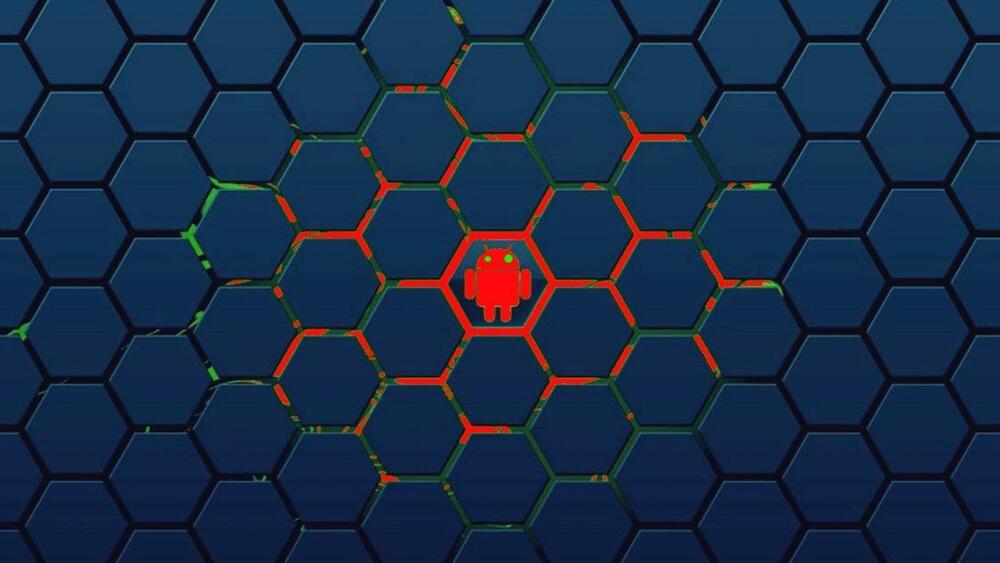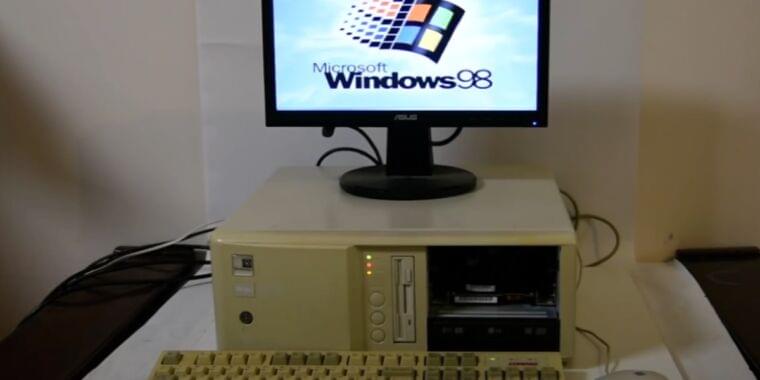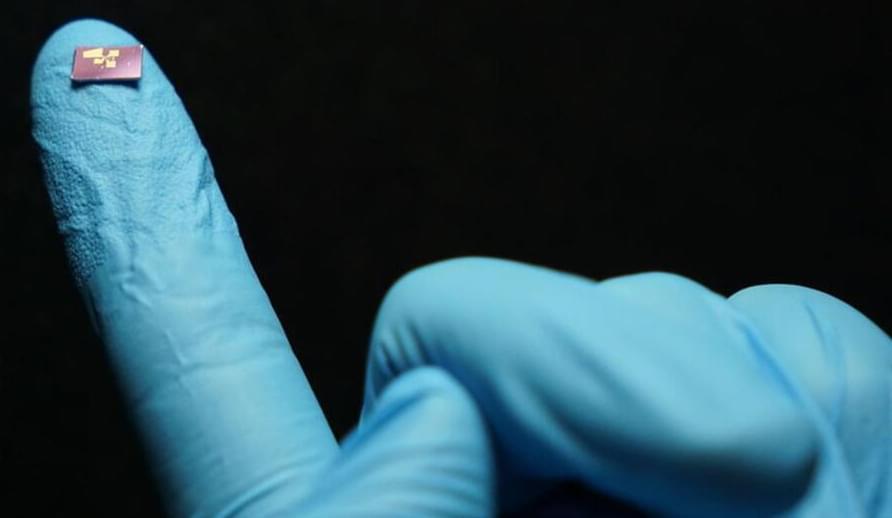A novel brain-computer interface developed by a New York-based company called Synchron was just used to help a paralyzed patient send messages using their Apple device for the very first time. It’s a massive step up in an industry that has increasingly reported progress, which suggests that interfacing our minds with consumer devices could happen a lot sooner than some of us bargained for.
Brain-computer devices eavesdrop on brainwaves and convert these into commands. More or less the same neural signals that healthy people use to instruct their muscle fibers to twitch and enact a movement like walking or grasping an object can be used to command a robotic arm or move a cursor on a computer screen. It really is a phenomenal and game-changing piece of technology, with obvious benefits for those who are completely paralyzed and have few if any means of communicating with the outside world.
This type of technology is not exactly new. Scientists have been experimenting with brain-computer interfaces for decades, but it’s been in the last couple of years or so that we’ve actually come to see tremendous progress. Even Elon Musk has jumped on this bandwagon, founding a company called Neuralink with the ultimate goal of developing technology that allows people to transmit and receive information between their brain and a computer wirelessly — essentially connecting the human mind to devices. The idea is for anyone to be able to use this technology, even normal, healthy people, who want to augment their abilities by interfacing with machines. In 2021, Neuralink released a video of a monkey with an implanted Neuralink device playing pong, and the company wants to start clinical trials with humans soon.









